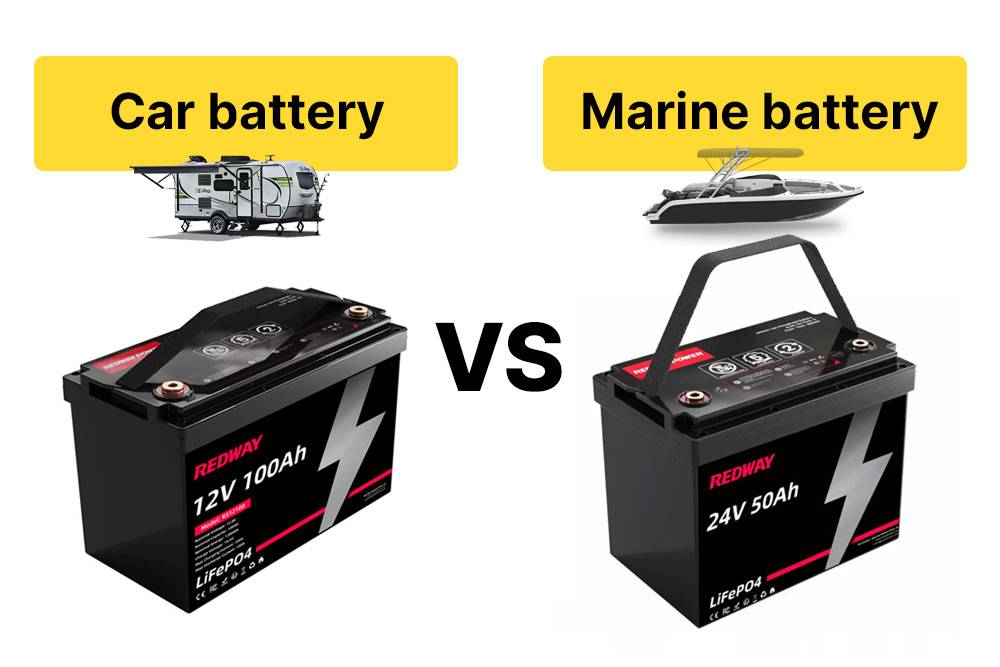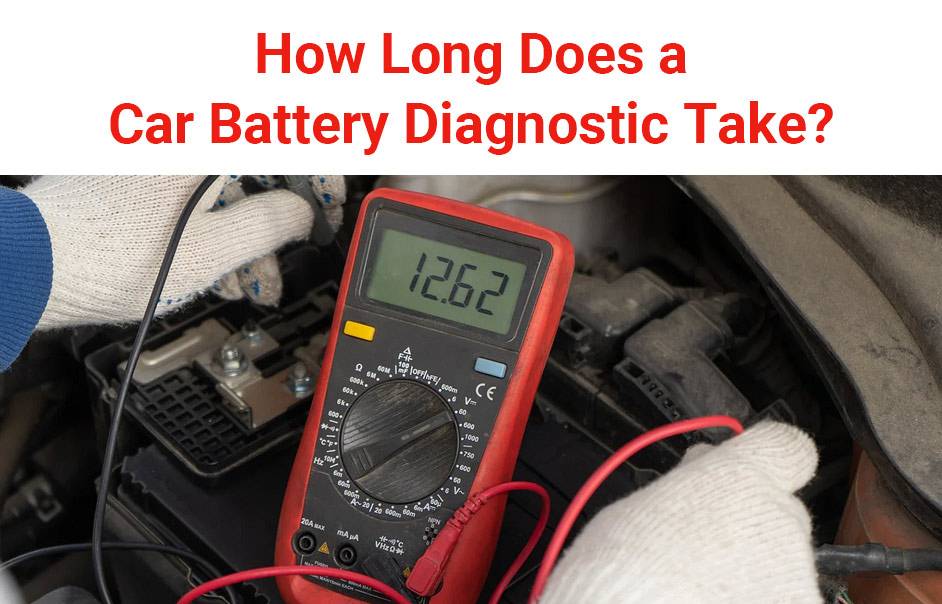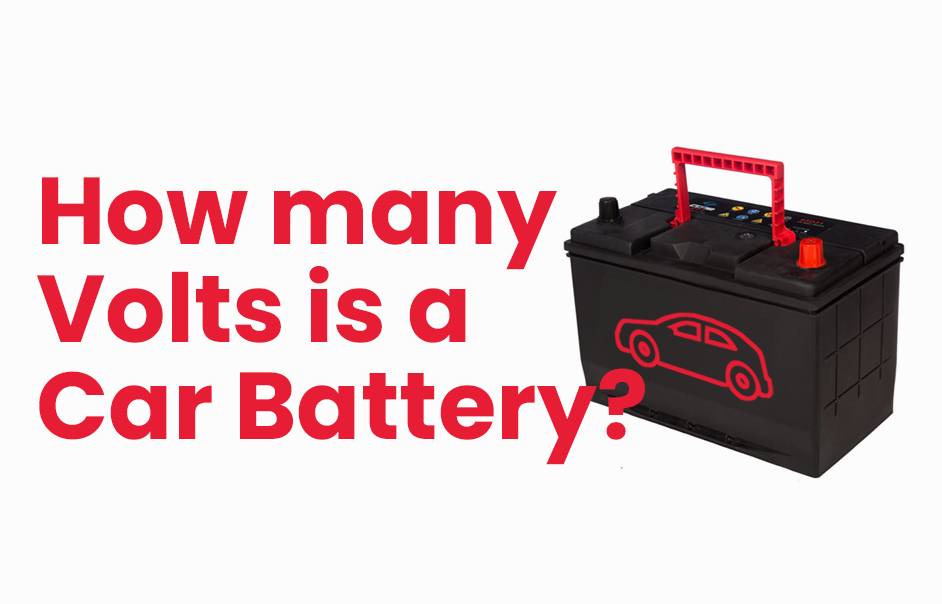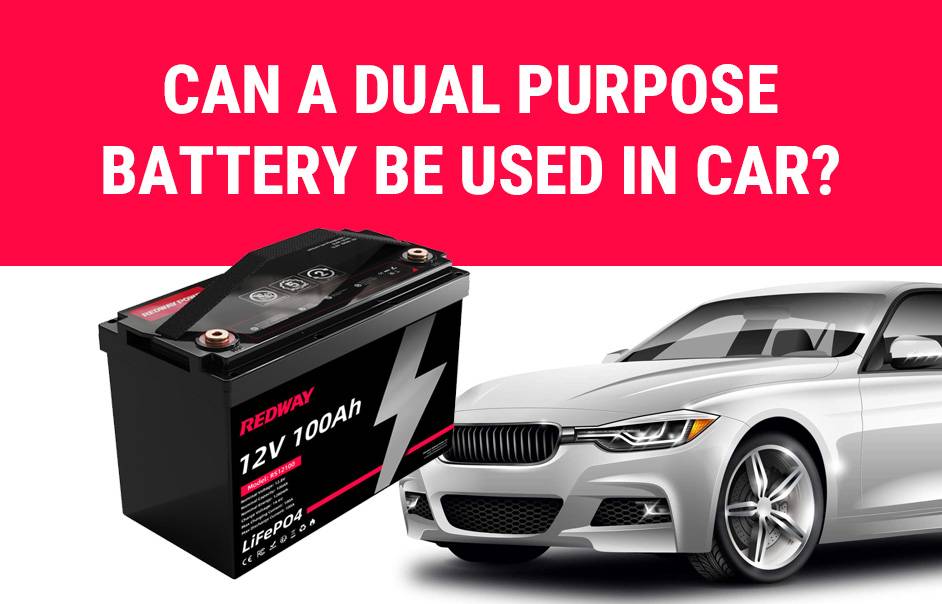- Forklift Lithium Battery
- Golf Cart Lithium Battery
- Rack-mounted Lithium Battery
51.2V 100Ah Rackmount LiFePO4 Battery
8000 times (80% DOD 0.5C)
Optional SNMP for TELECOM - Car Starter Battery
- 12V LiFePO4 Battery
12V 150Ah Lithium RV Battery
Bluetooth App | Self-heating
LiFePO4 | Group 31
UL 1642 | IEC 62619 - 24V LiFePO4 Battery
- 36V LiFePO4 Battery
- 48V LiFePO4 Battery
- 60V LiFePO4 Battery
60V 100Ah Lithium Battery (AGV, AMR, LGV)
Peak Discharge Current 400A
500 x 298 x 349 mm - 72V~96V LiFePO4 Battery
72V 100Ah Lithium Golf Cart Battery
Peak Discharge Current 315A (10S)
740 × 320 × 246 mm - Wall-mounted Lithium Battery
51.2V 100Ah 5kWh
Wall-mounted Battery532 x 425 x 170 mm / LiFePO4
>8000 Cycles (80% DOD 0.5C)
RS485 / CAN-bus
for Solar Home ESS - Home-ESS All-in-One
51.2V 32kWh
All-in-On HESS SystemPowerAll
51.2V / LiFePO4
>8000 Cycles (80% DOD 0.5C)
RS485 / CAN-bus / WiFi
All-in-One for Home ESS
How To Use Baking Soda For Car Battery Maintenance: Essential Tips
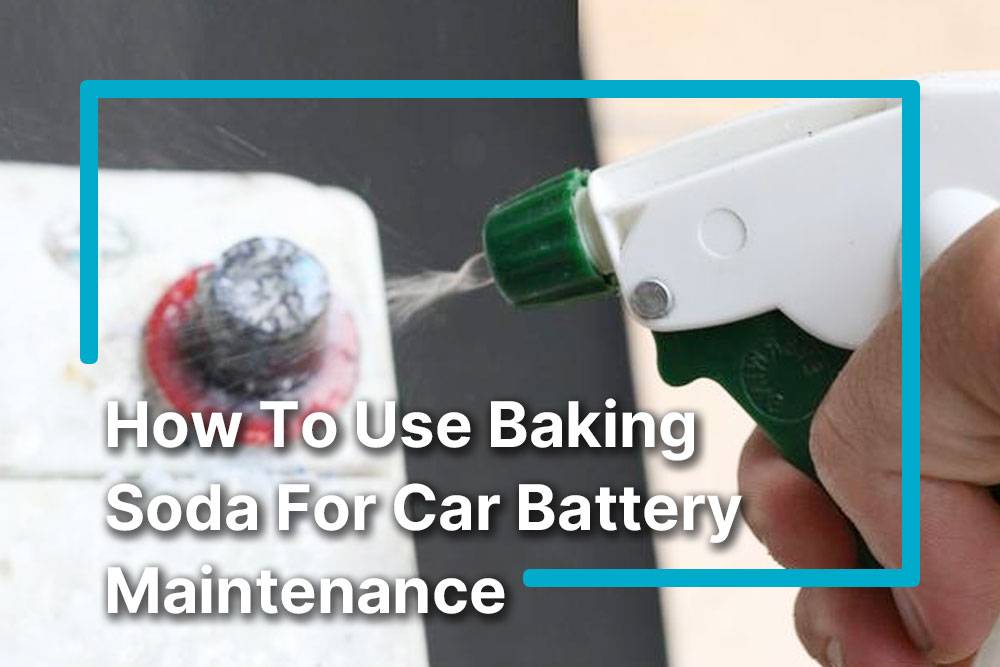
Using baking soda to maintain your car battery is a safe, affordable, and efficient way to clean corrosion from terminals, ensuring optimal electrical connection and extending battery life. Baking soda neutralizes acidic corrosion, prevents buildup, and improves battery performance—making it a simple DIY solution for reliable vehicle operation.
What Makes Baking Soda Effective for Car Battery Maintenance?
Baking soda (sodium bicarbonate) acts as an alkaline agent that neutralizes the sulfuric acid leakage responsible for corrosion on battery terminals. When dissolved in water and applied to corroded areas, it reacts with acidic deposits, breaking down corrosion and creating a safer environment for metal contacts. This neutralization process restores optimal conductive surfaces, reducing resistance and improving battery efficiency.
Chart: Chemical Reaction of Baking Soda and Battery Acid
| Component | Action | Result |
|---|---|---|
| Battery Acid (H2SO4) | Corrosion-causing, acidic | Eats metal terminals |
| Baking Soda (NaHCO3) | Alkaline neutralizer | Breaks down and dissolves acid |
How Should You Prepare and Use Baking Soda to Clean Battery Terminals Safely?
First, prepare a cleaning solution by mixing one tablespoon of baking soda into one cup of water until fully dissolved. Equip yourself with rubber gloves, safety glasses, a soft brush (like an old toothbrush), and tools to disconnect terminals. Disconnect the negative terminal first to avoid sparks. Apply the baking soda solution generously to the corroded terminals and let the fizzing reaction neutralize acid deposits. Scrub gently with the brush to loosen grime, then rinse with clean water and dry thoroughly before reconnecting.
What Safety Precautions Are Essential When Cleaning a Car Battery?
Battery acid is highly corrosive and can cause skin irritation and eye injury. Always wear protective rubber gloves and safety glasses. Work in a well-ventilated area and avoid inhaling fumes. Disconnect the negative battery terminal first to reduce electrical hazards. Keep baking soda and water away from battery cells as it can damage internal components. If corrosion is severe or leaks are present, professional inspection is recommended.
How Can You Identify Corrosion and Know When Cleaning Is Needed?
Corrosion on battery terminals appears as a white, blue, or green powdery substance around the posts and cable connections. Visible corrosion can cause starting difficulties, dim headlights, and electrical malfunctions. If your vehicle struggles to start or you notice electrical irregularities, inspect the battery. Regular visual checks every 3 to 6 months help preempt corrosion buildup.
What Are the Step-by-Step Instructions for Cleaning Battery Terminals with Baking Soda?
- Gather materials: baking soda, water, brush, gloves, glasses, wrench.
- Disconnect negative terminal, then positive.
- Mix 1 tbsp baking soda in 1 cup water.
- Apply solution to terminals, observe fizzing (neutralization).
- Scrub with brush to remove corrosion.
- Rinse terminals with clean water.
- Dry terminals completely with a clean cloth.
- Reconnect positive terminal first, then negative.
- Consider applying a battery terminal protectant spray to prevent future corrosion.
How Often Should You Clean Your Car Battery with Baking Soda?
Cleaning frequency depends on driving conditions but generally every 3 to 6 months is advised. In humid or coastal environments where corrosion accelerates, monthly checks and cleaning may be necessary. Signs such as visible corrosion, difficulty starting, or flickering lights signal immediate cleaning needs.
What Are the Benefits of Regular Baking Soda Cleaning for Batteries?
Regular baking soda cleaning neutralizes harmful acid deposits preventing corrosion that increases electrical resistance. This extends battery life and ensures reliable power delivery for starting and electrical systems. It also reduces the risk of costly repairs and the inconvenience of unexpected battery failure. Baking soda is an inexpensive, eco-friendly solution compared to chemical cleaners.
Can Baking Soda Help Restore a Weak or Damaged Battery?
While baking soda effectively cleans corrosion, it cannot recharge or restore internal battery damage such as sulfation or cell failure. Neutralizing corrosion improves electrical contact but does not replenish battery capacity. For weak batteries, proper charging or replacement may still be necessary. However, maintaining clean terminals with baking soda helps maximize remaining battery performance.
Are There Alternative Methods to Baking Soda for Maintaining Car Batteries?
Alternatives include commercial battery terminal cleaners, specialized neutralizing sprays, and household items like vinegar or Coca-Cola for corrosion removal. However, vinegar and Coke are acidic and do not neutralize acid deposits as baking soda does; they may leave sticky residue. Commercial sprays often combine neutralizing and protective agents but are costlier than baking soda.
How Do Environmental Factors Influence Battery Corrosion and Cleaning Intervals?
Heat, humidity, and salt exposure accelerate battery terminal corrosion. Vehicles in coastal or tropical regions experience faster buildup needing more frequent cleaning. Cold climates slow corrosion but can cause other battery performance issues. Driving habits, battery age, and sealed versus unsealed battery types also impact cleaning frequency.
What Are the Best Practices After Cleaning to Prevent Future Corrosion?
After cleaning and drying, applying a battery terminal protectant or dielectric grease helps create a moisture barrier, reducing oxidation. Ensure terminals are securely tightened to prevent vibration-related looseness. Regular inspection and cleaning, combined with protective sprays, greatly reduce corrosion reformation.
Redway Power Expert Views
“Utilizing baking soda for car battery maintenance is a straightforward yet powerful approach that aligns with both practical and environmental priorities,” says a Redway Power battery expert. “At Redway Power, we emphasize preventative care for lithium battery systems, and neutralizing corrosion early can significantly extend battery life and reliability across applications—from automotive to industrial. Customers benefit from cost savings and smoother performance by integrating such simple maintenance techniques regularly.”
Conclusion
Mastering the use of baking soda for car battery maintenance offers an accessible, safe, and cost-effective solution to prevent corrosion and extend battery life. By understanding why baking soda works, following safe cleaning steps, and performing routine maintenance, vehicle owners can ensure stronger electrical connections and avoid premature battery failure. Incorporating this technique into your maintenance routine, supported by expert advice from leaders like Redway Power, promises enhanced vehicle reliability and economic benefits.
FAQs
Q: Can baking soda damage my car battery?
A: No, when used properly on terminals it neutralizes acid without harming the battery, but avoid letting solution enter battery cells.
Q: What should I do if corrosion keeps coming back?
A: Persistent corrosion may indicate battery or charging system issues; consider professional inspection or battery replacement.
Q: Is it safe to use baking soda on sealed batteries?
A: Yes, but be extra cautious to avoid solution seepage inside the battery.
Q: Can I clean my battery without disconnecting it?
A: Disconnecting terminals is safest to prevent electrical hazards.
Q: How does Redway Power support car battery care?
A: Redway Power provides high-quality lithium batteries and expert guidance on best maintenance practices to optimize battery lifespan and performance.



















